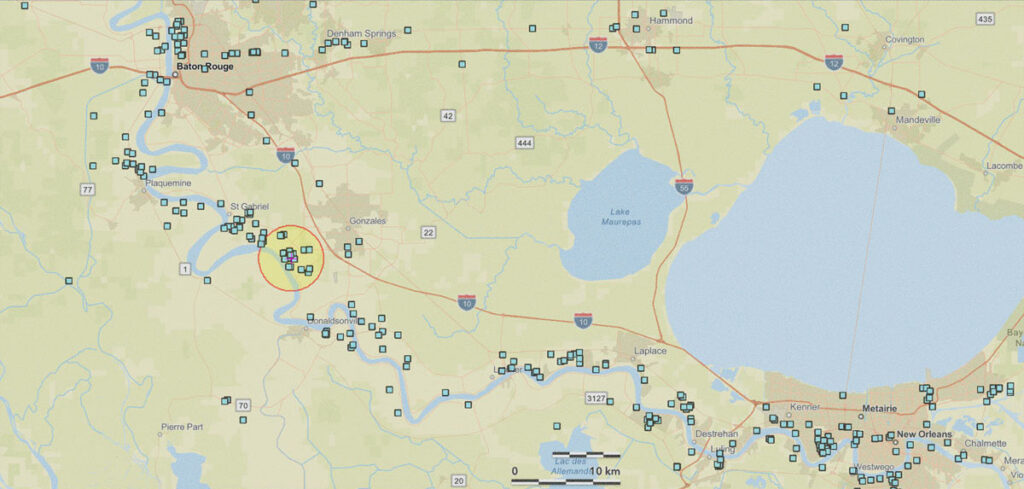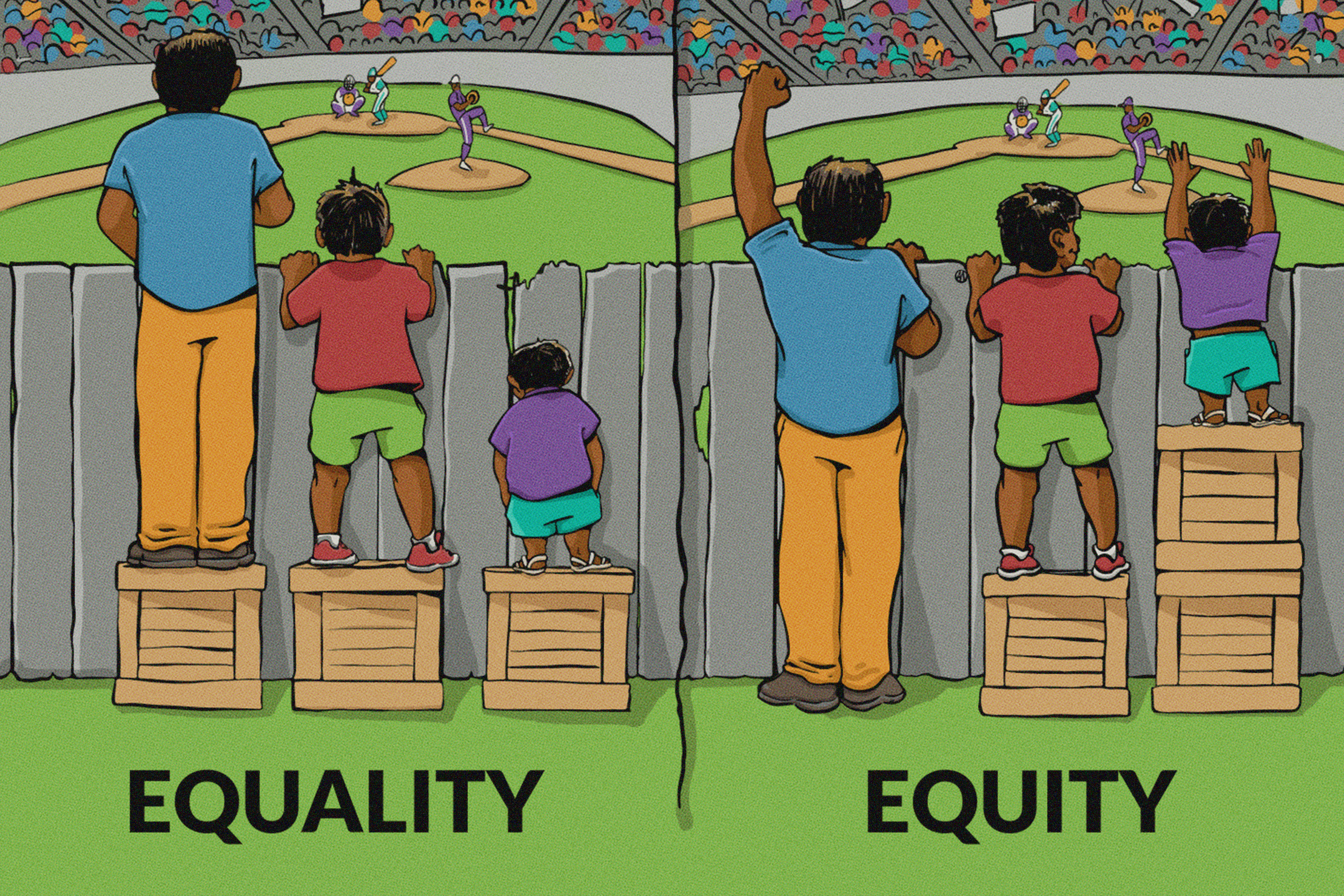Keep reading about similar topics.


A whole lot of meaning is packaged in the word equity—a term Webster’s defines as “fairness or justice in the way people are treated.” However, the easiest way to understand equity is often through pictures, like the one below.
While this photo considers height as an inequity, in real life, income, access to food and health care are often at the heart of equity discussions. Surprisingly, a critical topic often overlooked in the equity discussion is where we spent 90 percent of our lives—in buildings.1

Oregon Metro, otherwise known simply as Metro, released a report discussing toxics reduction and equity. Its section on building materials connects building materials and equity, calling attention to the need to reduce community exposure to toxic building materials in an equitable manner. Building materials seem harmless and inert in our homes, offices, schools, or cafes. But in 1991, the Environmental Protection Agency (EPA) characterized indoor air pollution as “one of the greatest threats to public health of all environmental problems”.2
A large proportion of indoor air pollution stems from building materials.3 In particular, asthmagens are of highest concern and contribute to indoor air pollution through the release of chemicals from the surface of building finishes.4 For example, carpet, furniture and wall decor release chemicals through degradation or abrasion.5 The chemicals end up in dust in our homes and can enter our bodies through the lungs, skin or mouth.6 Volatile organic compounds emitted from paints are also of concern.7 In fact, a study of children in Australia showed a strong association among indoor home exposure to VOCs and increased risk of asthma.8 Over 70 percent of building material asthmagens identified by Healthy Building Network (HBN) researchers are not covered by leading indoor air quality testing standards.9 These hazardous wastes and products used in building materials disproportionately affect historically marginalized communities of color, children and low-income families.10
Equity in housing is especially important for many families with low incomes who live in multifamily housing.11 Multifamily housing often poses challenges to achieving better air quality as pollutants easily travel between units due to inadequate ventilation. Residents are usually unable to improve building infrastructure themselves.12
Incorporating building materials into the equity discussion is only part of the solution. Product testing for chemicals of concern, biomonitoring, community health impact research, chemicals research, advocacy and education all stand to make a larger collective impact.13
For funders looking to increase diversity and equity initiatives in their grant making, the building industry provides a blooming landscape to foster substantial impact within communities. Here are some key questions to consider when funding proposals:
So often, sustainability standards and initiatives are cost prohibitive, developed for those with the most access and resources, in hopes that “someday” the solutions will trickle-down. In the meantime, children and the populations with the lowest income continue to bear the burden of toxic exposures and preventable health consequences. Habitable’s InformedTM healthy product guidance is changing that old, unsuccessful paradigm. Our resources will result in healthier products for everyone, and amplify the prospect for a healthier planet.
Visit informed.habitablefuture.org to join the movement towards a healthy future for all.